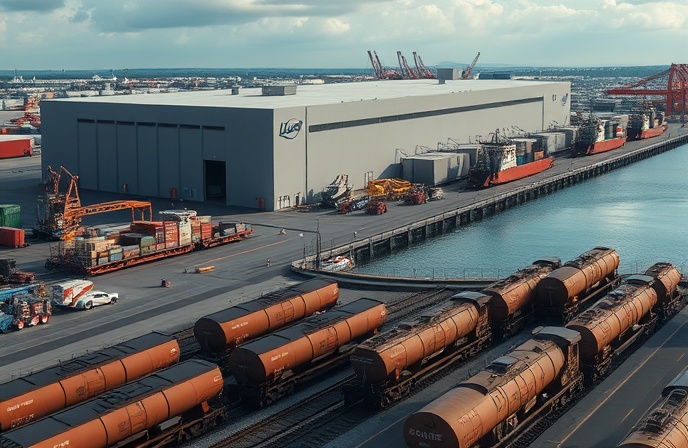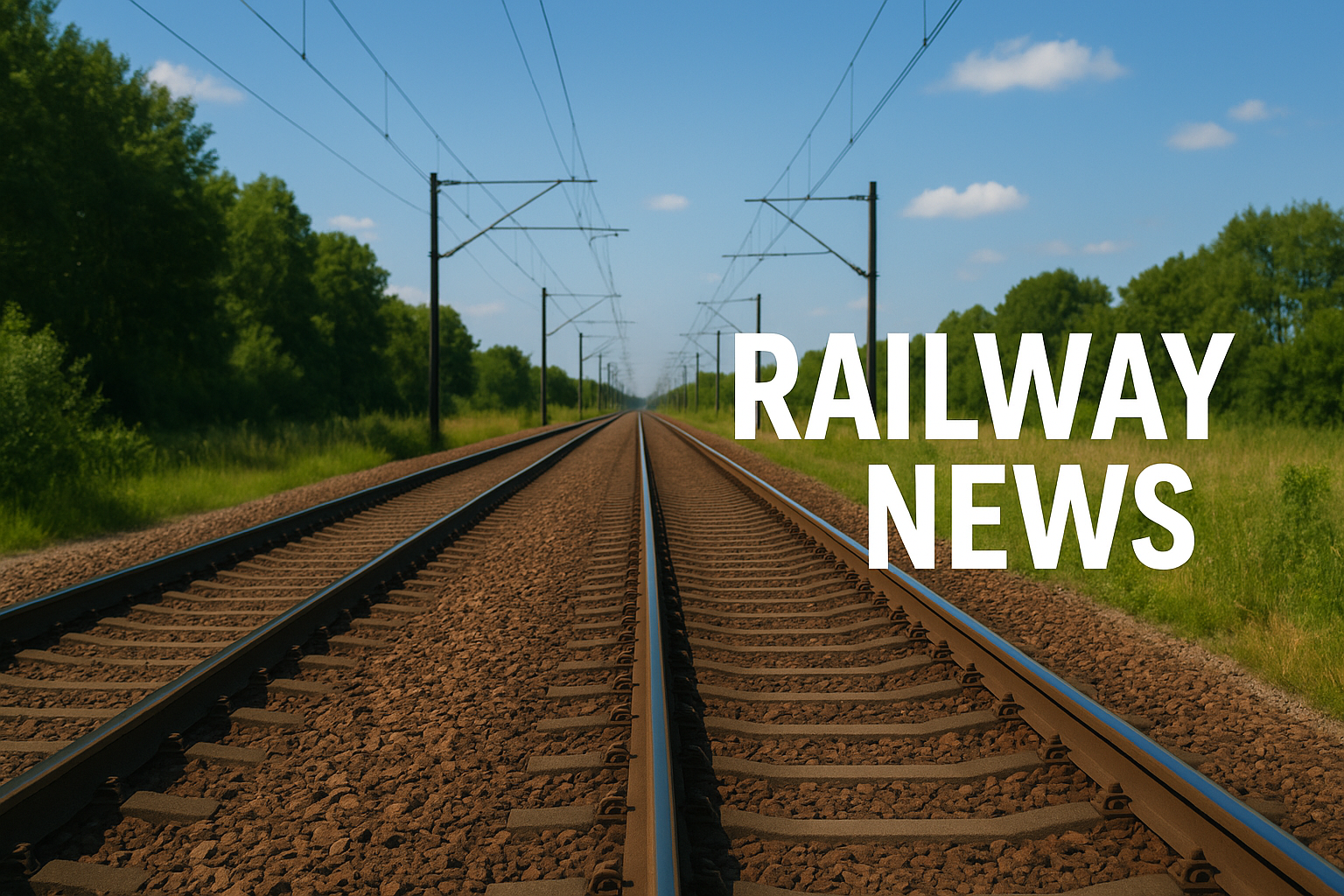SLSI 2024: Rail Safety Trends & Future: A Guide for Railroads
Short Line Safety Institute’s 2024 report highlights railway safety culture strengths and weaknesses. Key areas for improvement include safety action plans and reporting.

Short Line Safety Institute Releases 2024 Safety Culture Review, Outlines Key Areas for Improvement
In late May, the Short Line Safety Institute (SLSI), a crucial player in bolstering railway safety, released its annual analysis of safety culture assessments (SCA) conducted on short line and commuter railroads. This comprehensive review, mandated by the Federal Railroad Administration (FRA), examined 20 railroads across the United States. The SLSI’s findings highlight key strengths within the sector while also pinpointing areas requiring focused improvement. This article delves into the SLSI’s findings, offering a critical look at the current safety landscape and the actionable steps being taken to enhance safety culture across the railway industry.
Key Strengths Identified: Employee Empowerment and Accountability
The SLSI report revealed several areas of strength within the assessed railroads. Notably, the provision of personal protective equipment (PPE) was consistently well-managed across the board, indicating a strong commitment to protecting employees. Employee empowerment, a culture where employees feel comfortable voicing safety concerns, also stood out as a positive aspect. The report specifically pointed out that employees generally felt confident in approaching management with safety issues. Additionally, the railroads demonstrated a good understanding of accountability and the importance of coaching and mentoring programs, which are essential for continuous improvement in safety practices. These are critical components of a robust safety culture, ensuring that workers are equipped and empowered to prioritize safety in their daily operations.
Opportunities for Improvement: Safety Action Plans and Reporting Systems
While the SLSI identified strengths, the report also highlighted significant opportunities for improvement. The primary area for growth lies in the implementation of comprehensive safety action plans. The report suggests that some railroads may need to improve these, specifically tailoring plans to address identified vulnerabilities and effectively communicate these plans. Additionally, enhancing safety concern reporting systems is essential; improved systems help track trends and proactively address potential hazards. Furthermore, the report indicated the need for greater recognition of safe work practices, reinforcing the importance of positive reinforcement in promoting a strong safety culture and preventing incidents.
Impact of the FRA and SLSI Partnership
The Federal Railroad Administration (FRA) oversees the safety of the nation’s rail system. The FRA’s collaboration with organizations like the SLSI plays a pivotal role in identifying and mitigating risks. The SLSI provides valuable insights through its independent SCAs. Its reports are invaluable resources for railroads seeking to refine their safety protocols and culture. This collaborative approach ensures that the industry as a whole continually strives for higher safety standards, promoting operational excellence and protecting both railroad employees and the public.
Actionable Steps for Improvement: Creating Robust Safety Cultures
To address the areas for improvement, the SLSI has emphasized the need for smaller railroads to create and implement comprehensive safety action plans. These plans should be tailored to the specific challenges faced by each railroad, incorporating detailed measures to address identified vulnerabilities. The SLSI’s recommendations underscore the importance of transparent communication and active participation from all levels of an organization. They encourage railroad companies to foster an environment where safety concerns are readily reported and addressed, and safe work practices are consistently acknowledged and reinforced. Investing in employee training and professional development is also key to building a long-lasting safety culture.
Conclusion
The SLSI’s 2024 safety culture review provides a critical overview of the current safety landscape within the short line and commuter railroad sector. The report’s findings offer valuable insights into areas of strength, such as the provision of PPE, employee empowerment, and accountability, as well as areas that require attention, including the implementation of safety action plans and improving safety concern reporting systems. The industry implications are significant, highlighting the importance of continuous improvement and proactive risk management. Looking ahead, the railway industry must prioritize the implementation of SLSI’s recommendations to achieve its goals to create a safer and more efficient operational environment. As the industry evolves, the continued collaboration between organizations like the SLSI, the FRA, and individual railroads will be critical in setting the pace for a safer future for all.





